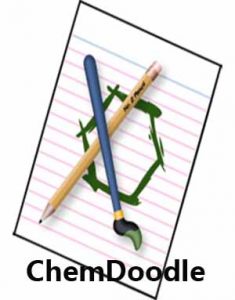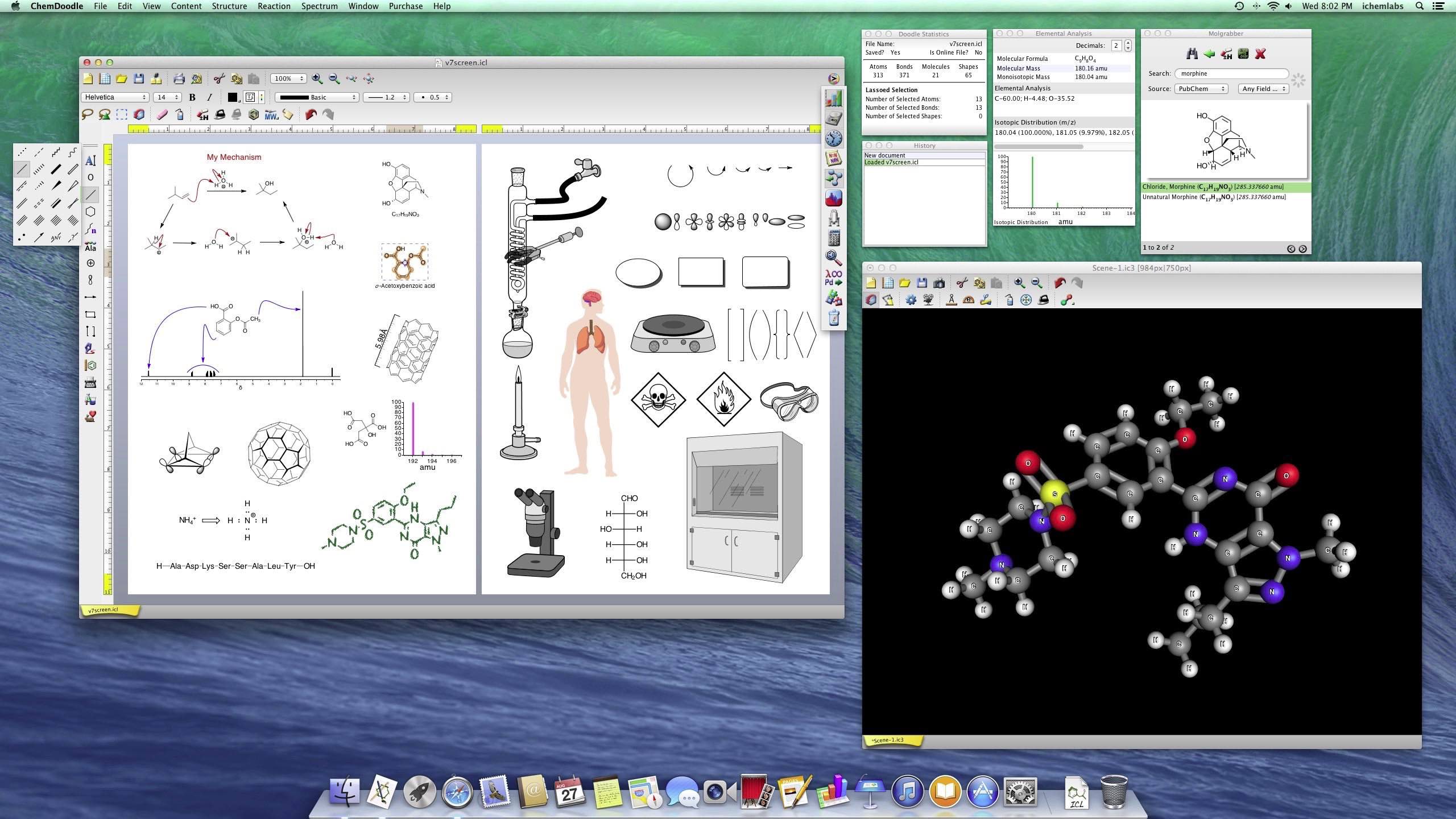

He also checked it against a couple of other implementations, including the one in XPLOR. Mark Nelson worked out by hand the second derivatives for the force fields and implemented them in NAMD (note: NAMD is not VMD). I said that it wasn't that complex of a task. I didn't say that my co-worker was the first to compute the derivatives. I said nothing about SciPy's performance. The speaker said that SciPy uses Boost Python. Every technique he mentioned is something that people have been doing already, in C/C++/Python. I didn't hear anything which required multiple years of tool building ("yak shaving") to get to what he wanted.

What I didn't see was anything about dealing with waters, and counter-ions, toxicity, or AMDE (absorption, distribution, metabolism, and excretion) issues. There are tools that will build molecules to fit pharmacophore models. ("ag -i BOOST_PYTHON_MODULE" finds no matches.)Īt 49:30 he talks about a technique that sounds like pharmacophore models, which have been around since at least the 1990s. I just downloaded scipy-0.16.0b2 and verified that it does not use Boost.Python.
#Chemdoodle demo code
While it's useful to have automatic code generators if you want to add new force fields often, we just don't do it all that often, because parameterizing the force field is the hard problem, not computing the second derivative.Īt 31:25 he says that SciPy is only really possible because of Boost.Python. (And his code is 10% slower than the hand-written code, so he knows that people do this sort of thing manually.) (NAMD is a molecular dynamic program.) So it's not something that's all that hard to compute. Thing is, my co-worker did that manually when he wrote the original NAMD implementation. In minute 23 he talks about computing the second derivative of the force fields, and how complex it is. For large molecule chemistry, there are other tools and other issues to worry about.) In fact, you can try it now - go to or or and draw one yourself. My experience is that it doesn't take 20 minutes to draw a molecule using the current generation of tools.
#Chemdoodle demo software
At 17:54 he even says there's GUI-based software now to design molecules. This just isn't true, and hasn't been for a very long time. See for when AutoDesk looked at entering this field.Īt 15:56 the speaker says "Synthetic chemists normally they design things with plastic model sets." I heard pretty much the same aspirations since the 1980s. I think it would be better to leave this PP example in the "neat though very limited applicability" category. These include programs that will render the atoms and bonds using more complex materials, and including shading effects, fog effects, and multiple light sources. There are any number of tools for making eye-catching images. But drawing cyclohexane would be difficult because of the non-planar hydrogens.

However, there are fields like macromolecular structure visualization where bond type information is often omitted, so this is not critical.

These have double bonds, which are drawn offset from the center-to-center line, and use elements besides carbon, which need either labels or CPK color assignments.Įven in the case shown here, benzene should be drawn with double bonds for correct Kekule interpretation, or with one of several ways to denote aromatic bonds. Takes caffeine or Diazepam as more realistic examples. I have a hard time accepting that this is true for any but the simplest of molecules. "it only takes seconds to make high-quality molecules"


 0 kommentar(er)
0 kommentar(er)
